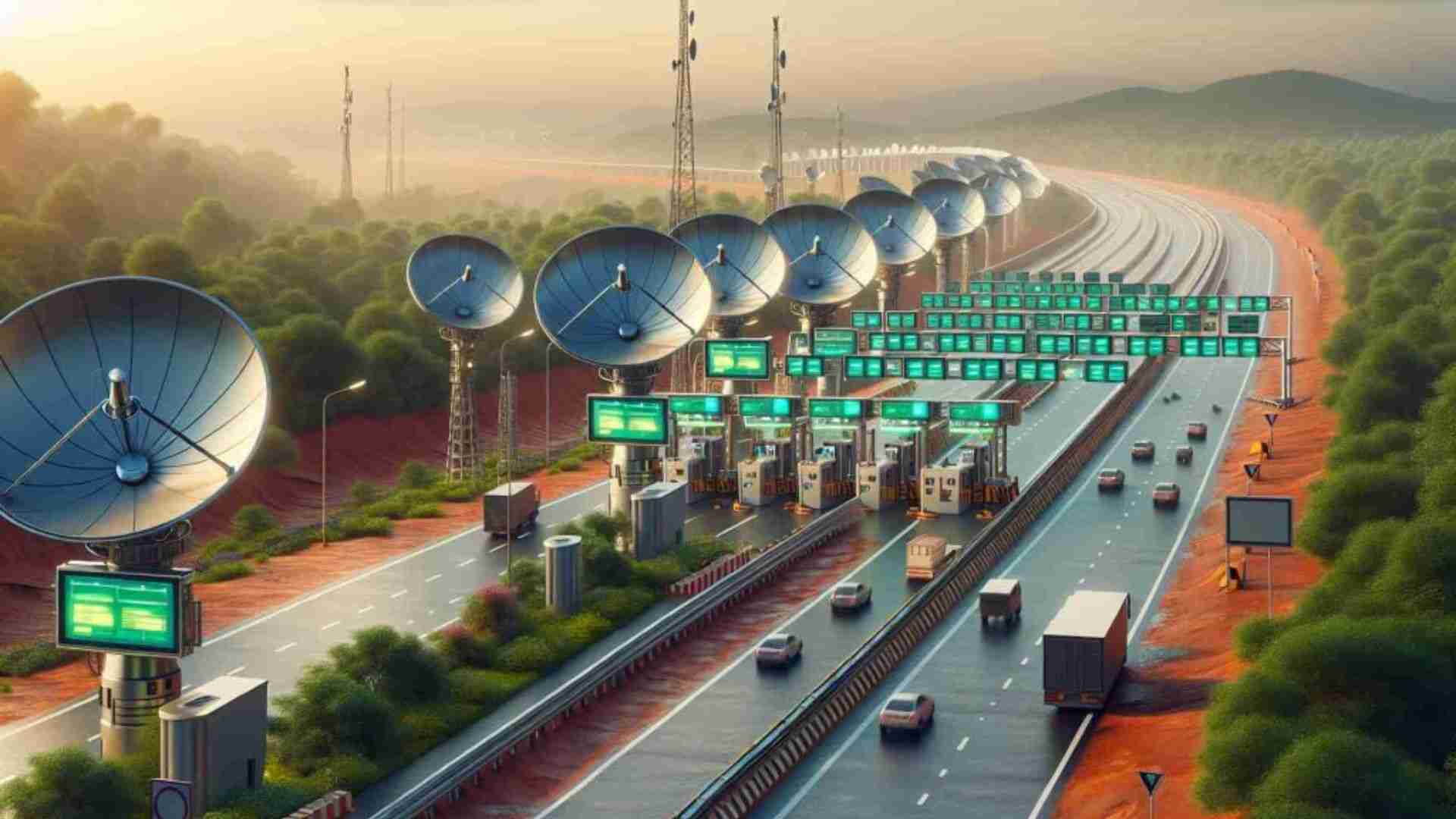
To enhance the tolling experience and streamline toll operations, the National Highways Authority of India (NHAI) has issued a call for global Expressions of Interest (EOIs) from pioneering companies to design and implement a cutting-edge GNSS-based electronic toll collection (ETC) system across India, as per the Ministry of Road Transport and Highways.
NHAI’s objective is to seamlessly integrate the GNSS-based ETC system into the current FASTag infrastructure, starting with a hybrid approach that merges RFID-based and GNSS-based toll collection methods.
With the nation’s focus shifting towards a GNSS-based toll collection system, let’s delve into its functioning and distinguish it from the current FASTag framework.
FASTag, a system widely adopted for toll collection on highways, utilizes advanced RFID (radio frequency identification devices) technology. A distinctive sticker containing an embedded chip is affixed to the vehicle’s windshield. At toll booths, specialized scanners detect the FASTag, enabling automated toll deduction.
Despite the efficiency of FASTag lanes compared to traditional cash lanes, which significantly reduces waiting times, congestion may still arise during peak traffic hours due to the need for vehicles to stop at toll booths equipped with RFID scanners.
Payment for FASTag requires a pre-paid recharge on the linked account, which necessitates users to consistently maintain a sufficient balance to ensure seamless toll payments and uninterrupted travel experiences.
Satellite Tolling, also known as GNSS technology, utilizes virtual toll booth units placed on highways that communicate with satellites to monitor vehicles, track their locations, and calculate distances traveled for toll deduction purposes. This approach removes the necessity for physical toll booths, instead implementing virtual toll booths along highways to enable uninterrupted travel.
Satellite tolling provides greater payment flexibility by supporting both pre-paid accounts and post-paid billing based on the distance covered. The specific system to be adopted in India remains undisclosed at this time.
The positive development is that the upcoming GNSS system will operate in conjunction with FASTag using a hybrid approach, guaranteeing a seamless transition. Although there’s no immediate need to replace your FASTag, GNSS-enabled devices might become necessary down the line.















